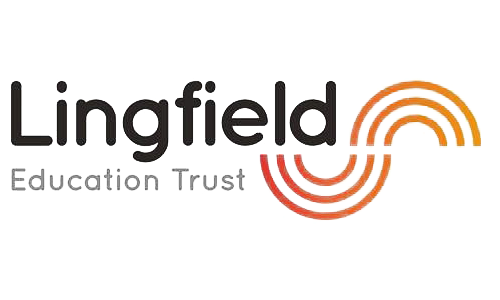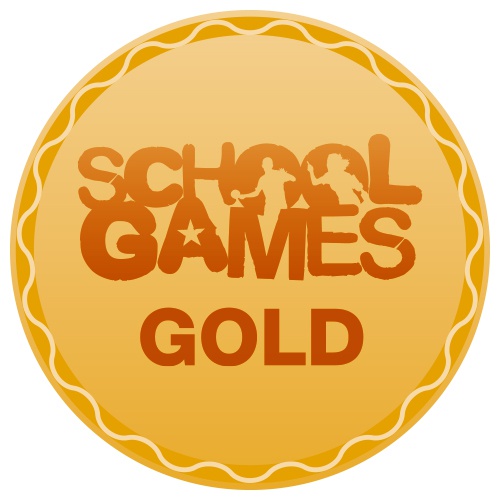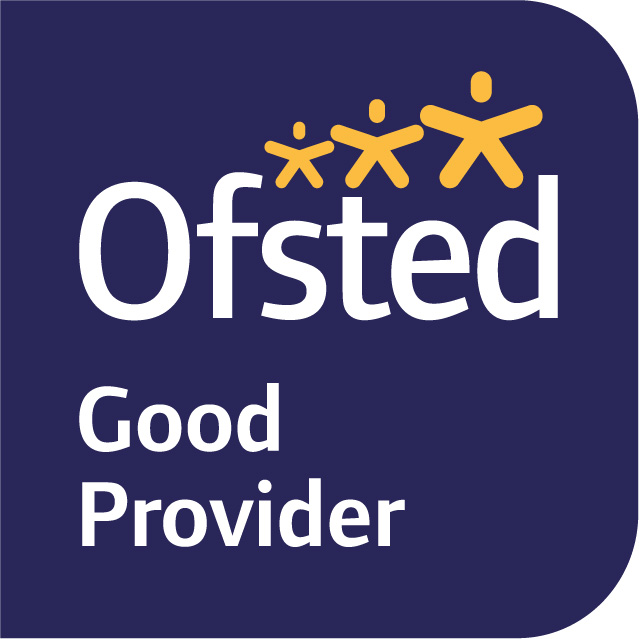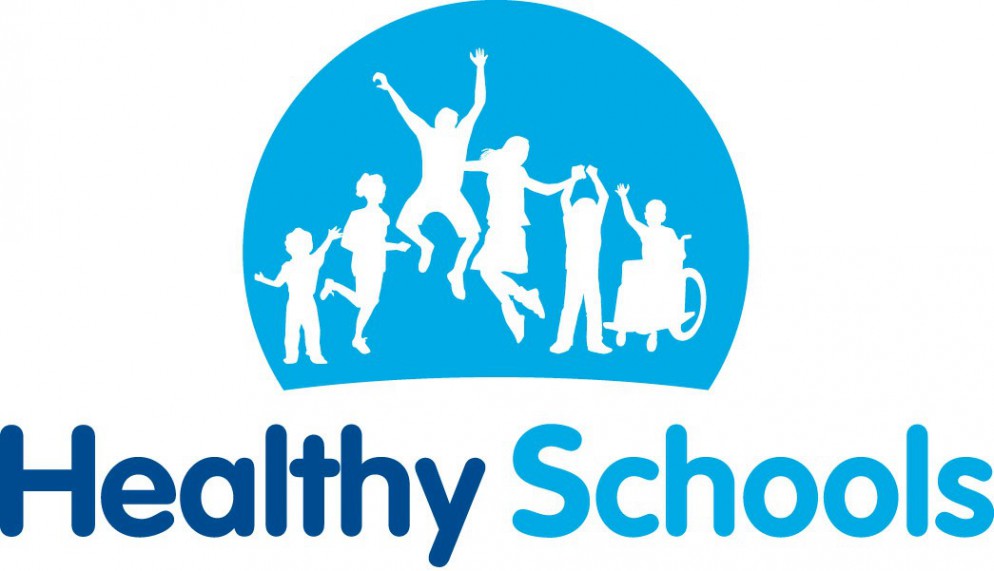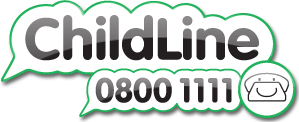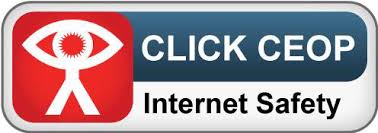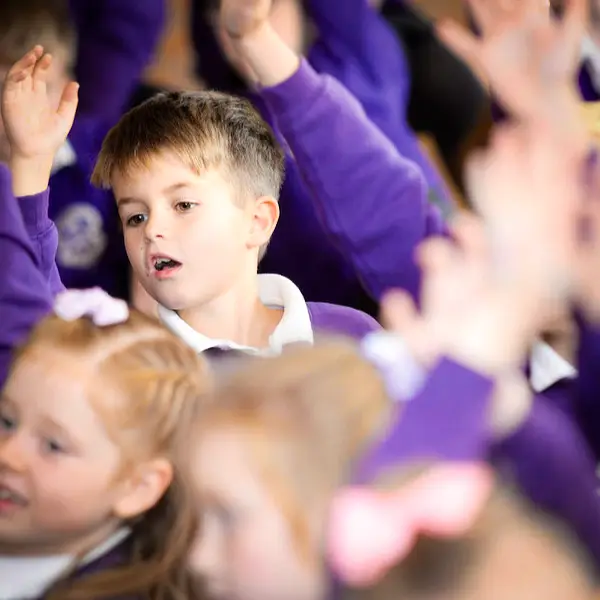At Lingfield we use one of the DfE approved phonic programmes to support the teaching of reading. The programme we use is called Little Wandle.

At Lingfield Primary School, we follow the Little Wandle Phonic Scheme which is a complete systematic synthetic phonics programme developed for schools, by schools. Teaching young children to read is achieved by expert teaching of phonics. Phonics is a method of teaching children to read by linking sounds (phonemes) and the symbols that represent them (graphemes or letter groups). Little Wandle provides an extensive teaching programme meeting all of the expectations of the National Curriculum to ensure children become fluent readers whilst preparing your children to go beyond the expectations of the Phonics Screening Check.
Alongside the daily phonics session, children participate in a reading session and practise their reading with a book matched to their phonic ability. We have ensured that our reading books are fully matched to the phonic scheme and pupils read books matched accurately to their phonic knowledge.
| Reading Across the School |
We understand that successful reading goes beyond phonics, decoding, and fluency. To become lifelong readers, children must develop rich language, deep comprehension, and a love of literature—skills that phonics alone cannot provide. Reading is a vital life skill, and we aim for all children to leave us reading confidently for meaning and enjoying books for pleasure.
We encourage children to see themselves as readers with both purpose and passion. Authentic texts are central to our curriculum, and our timetable ensures that every child has regular access to high-quality literature. Across all age groups, children experience the joy of reading together, sharing emotions and insights from a common text.
Daily read-aloud sessions are a protected and valued part of our curriculum. Staff share their enthusiasm and expertise in reading aloud, modelling prosody through pace, rhythm, language patterns, and rhyme. This ensures all children hear high-quality oration and develop a deep appreciation for the spoken word.
| Our Reading Environment |
Teachers thoughtfully curate the selection of books, drawing from previously studied texts, year group reading lists, and titles that reflect the interests of the class. A diverse range of materials—including non-fiction books, graphic novels, and editions of comics—ensures that every child can find something that appeals to their reading preferences.
Beyond the classroom, we are currently in the process of enhancing our outdoor reading spaces to promote reading for pleasure during break and lunchtime. The new ‘Reading Shed’ and ‘Outdoor Reading Classroom’, ‘boat’ and story sacks will support children in developing a love for reading outdoor as well as in doors in a fun and inviting environment. Reading leaders and ambassadors will a key role in maintaining these areas, ensuring a rich variety of novels and texts are available to suit the interests of all children across the school.
Wider Reading – Beyond Phonic lessons
At Lingfield Primary School, we believe that reading is the heartbeat of learning. It is the golden key that unlocks imagination, fuels curiosity, and opens doors to endless possibilities. From the moment your child steps into our Nursery, we begin a journey together—one where books become companions, stories become adventures, and words become the building blocks of knowledge.
Reading is more than just a skill. It’s a gateway to understanding the world, developing empathy, and building confidence. A child who reads widely and often is a child who can dream big, think deeply, and express themselves with clarity and creativity.
That’s why we place reading at the very centre of our curriculum. Whether it’s sharing a picture book in Reception, diving into a gripping novel in Year 6, or exploring non-fiction texts across the curriculum, we strive to create a language-rich environment where every child can thrive.
Sharing and Celebrating reading
All children are encouraged to read widely and often and their successes are heralded. Throughout school, teachers share their enjoyment of reading, as well as explicitly modelling the skills required to be a successful reader. We celebrate and foster a love of reading through our many initiatives, such as termly reading challenges, author workshops, library visits, entries into local reading and writing competitions, displays and celebration days such as World Book Day.
Whole Class Shared Reading
Teachers will share quality texts with the children, discussing the text and asking focused questions.
In Nursery we introduce wordless books to help develop general book handling and discussion skills.
Whole Class Guided Reading
Pupils from Year 1, read with the groups/whole class regularly. This ensures that children are immersed in a text and involves sessions which focus on looking at a text more closely, discussing vocabulary, answering a variety of questions and developing inference skills. These sessions last for around 30 minutes each. The stories are also enjoyed during reading for pleasure sessions throughout the week.
Curriculum Overview
One to One Reading
Children read to an adult in school regularly. In these sessions, children are encouraged to use their developing phonic knowledge to decode words and demonstrate understanding of the text.
Fluency Blast
Fluency Blast Reading Intervention is a dynamic and engaging program designed to boost students’ reading fluency, accuracy, and confidence. Delivered in short, focused sessions, Fluency Blast targets key reading skills through repeated reading, performance-based activities, and personalised support. This intervention is ideal for pupils who need a quick, effective boost in their reading pace and comprehension. By fostering a love for reading and building essential literacy foundations, Fluency Blast helps learners become more fluent, expressive, and motivated readers.
Home Reading
Parents are encouraged to play a role in their children’s reading progress by sharing stories, listening to their children read, asking questions and leading book discussions. Once children have progressed to a reading book, we ask that parents listen to and discuss their book with them at least three times a week. Parents are also expected to record these reading sessions in their child’s Reading Record.
We encourage children not only to share their reading books from school but to enjoy books for pleasure from their interests. Fostering a love of books is the key to a world of imagination and success!
If you are looking for recommendations for book please cast your eyes over the Book Trust Website for ideas.

